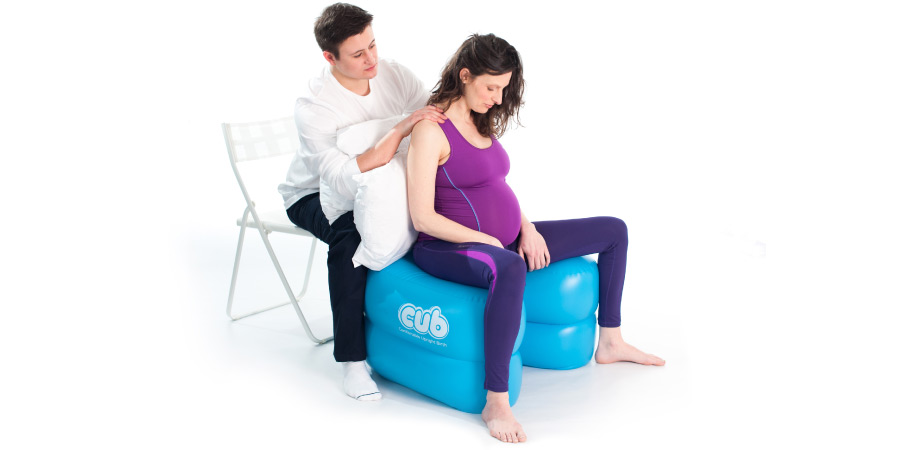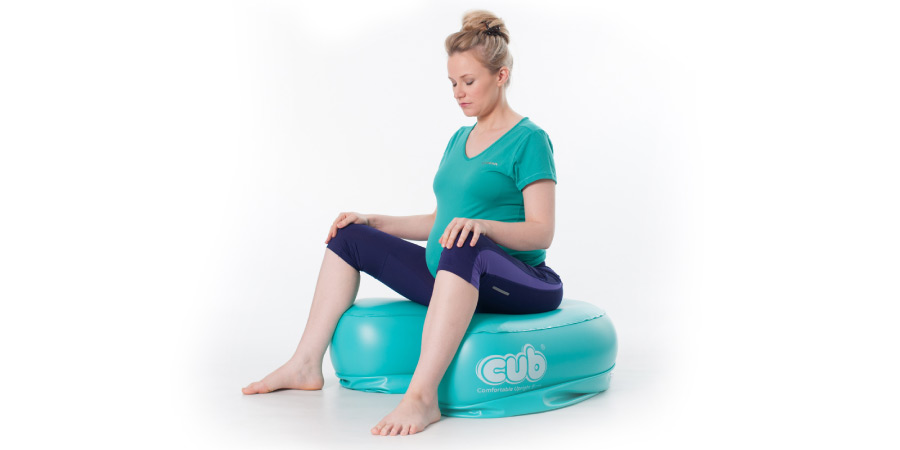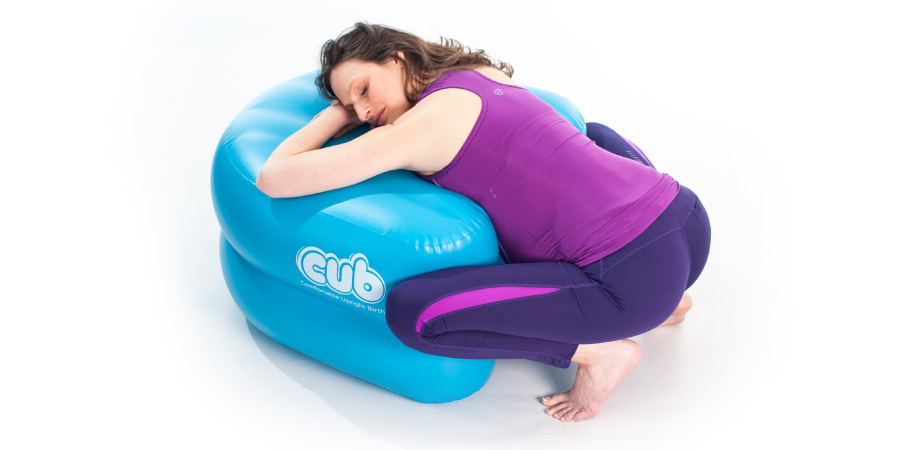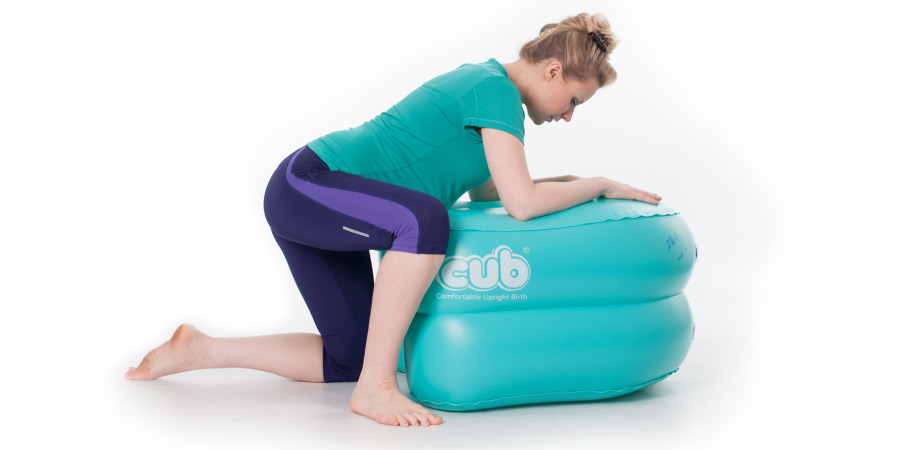What does the research say about being upright during labor and birth?
Being upright during labor and birth can increase the available space within the pelvis by 28-30% giving more room for rotation and descent. (6)
Uterine contractions are more effective. Some preliminary studies have shown that an upright position in labor is as effective as an Oxytocin (Pitocin) infusion in stimulating contractions. (8)
There is a 54% decreased incidence of fetal heart rate abnormalities when the mother is upright. (6)
The length of the first stage of labor, between 3-10 centimeters can be significantly shortened when the mother remains spontaneously upright, active and mobile. (1,7)
Upright positions reduce the duration of the second stage of labor. (3,6)
Being upright has been shown to result in a 23% reduction in assisted deliveries- more space, less distress and a shorter labor results in fewer necessary interventions. (6)
A 21% reduction in rates of episiotomy in women who give birth in an
upright position. (4,6)
A 29% reduction in emergency caesarean sections. (7)
Improved perineal integrity, less vulvular oedema. (1,4)
Reduced need for epidural. (6)
References
1 Terry RR, Westcott J, O’Shea L, Kelly F. (2006). Postpartum Outcomes in Supine Delivery by Physicians vs Non-supine Delivery by Midwives. J Am Osteopath Association. vol. 106 no. 4, 199-202.
2 Keen R, DiFranco J, Amis D, Albers L. (2004) Non-Supine (e.g., Upright or Side-Lying) Positions for Birth. Journal of Perinatal Education. 2004 spring; 13(2): 30–34.
3 Lavender T and Mlay R. (2006) Position in the second stage of labour for women without epidural anaesthesia: RHL commentary. The WHO Reproductive Health Library; Geneva: World Health Organization. last revised: 15 December 2006.
4 Nasir A, Noorani K.J., Korejo R. (2007) Child birth in squatting position. Department of Obstetrics and Gynaecology, Jinnah Postgraduate Medical Centre, Karachi.
5 Shermer RH. Raines DA. (1997) Positioning during the second stage of labor: moving back to basics JOGNN: Journal of Obstetric, Gynaecologic, and Neonatal Nursing. Nov-Dec; 26(6): 727-34.
6 Gupta JK, Hofmeyr GJ, Smyth R. (2012). Position in the second stage of labour for women without epidural anaesthesia. Cochrane Database Systematic Review. May 16;5 :CD002006 doi:10.1002/14651858,CD002006.pub3.
7 Lawrence A, Lewis L, Hofmeyr GJ, Dowswell T, Styles C. (2013) Maternal positions and mobility during
first stage labour. Cochrane Database of Systematic Reviews Issue 2. Art. No.:CD003934; DOI:
10.1002/14651858.CD003934.pub2.
8 Read JA, Miller FC, Paul RH. (1981). Randomized trial of ambulation versus oxytocin for labour enhancement: a preliminary report. Am J Obstet Gynecol. Mar 15;139(6)669-72.




